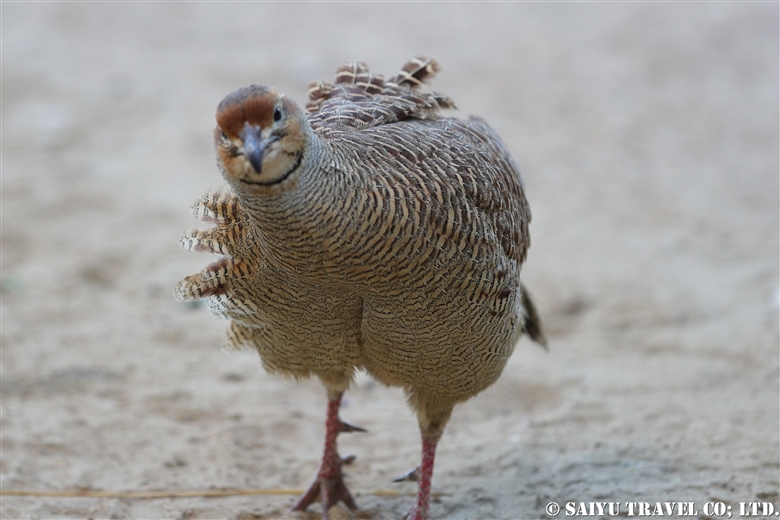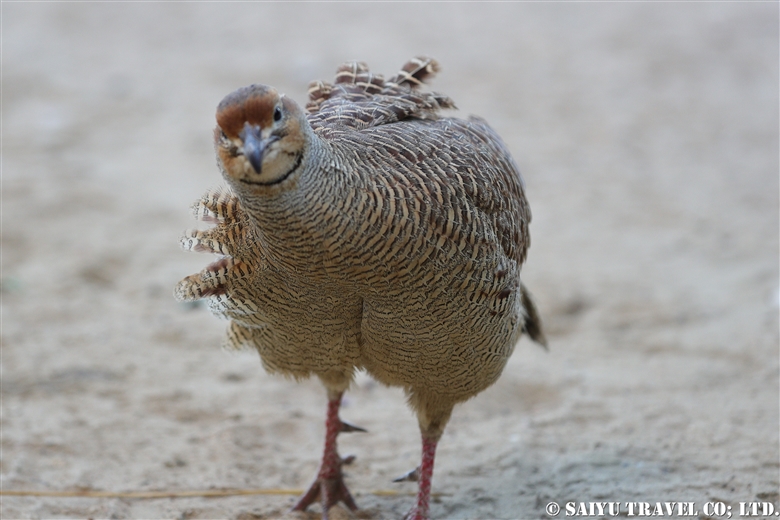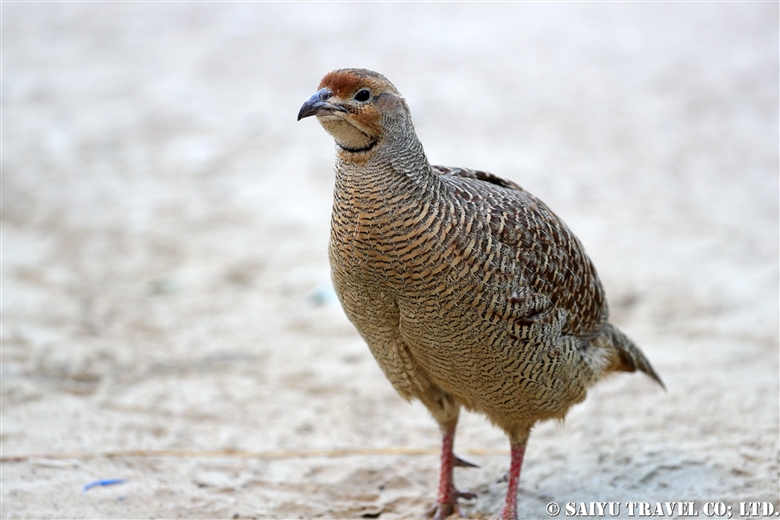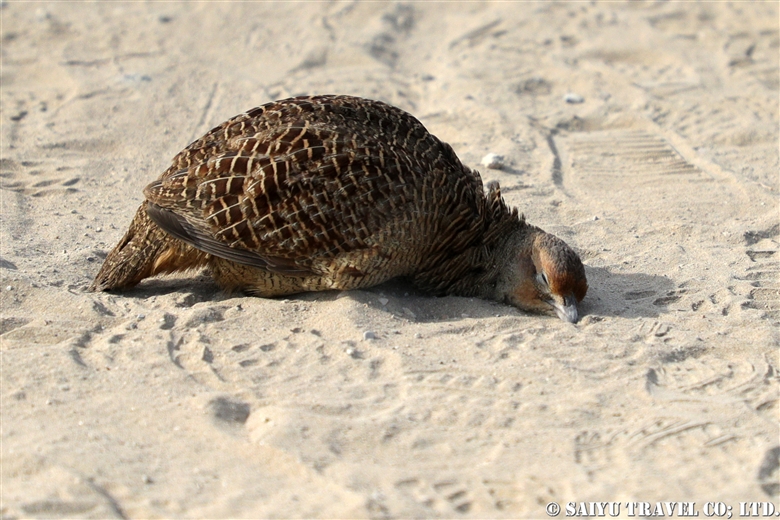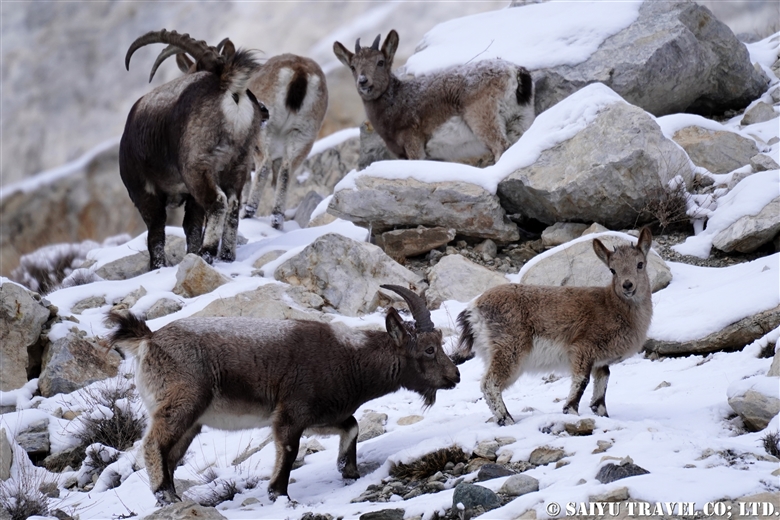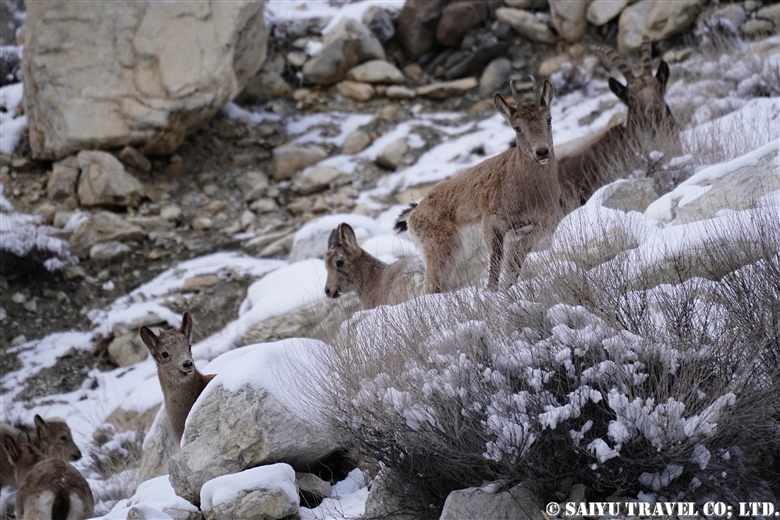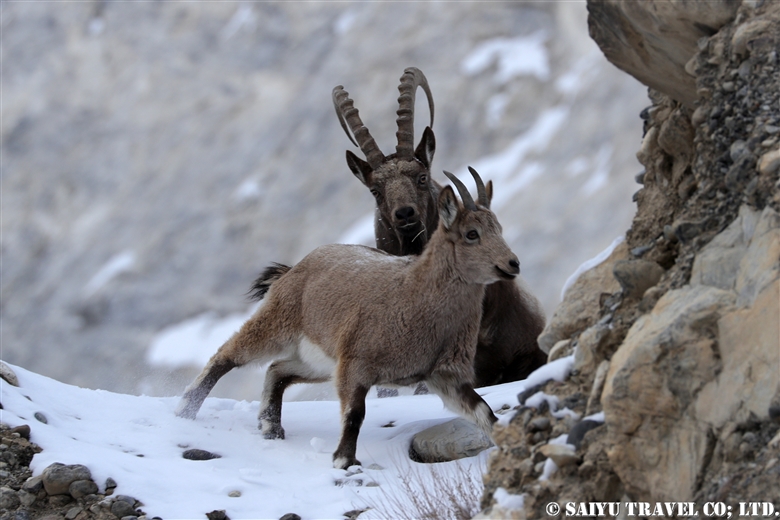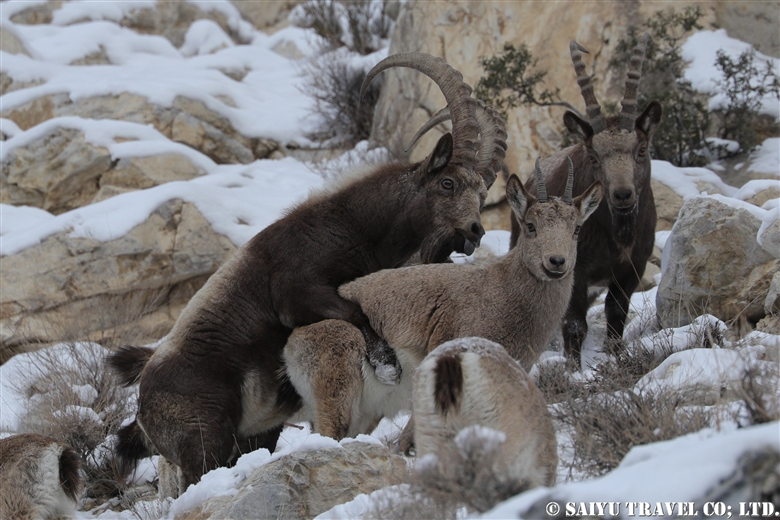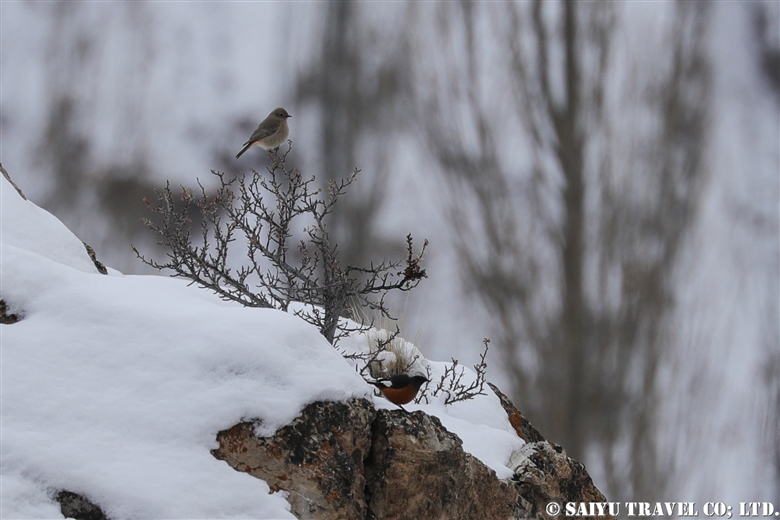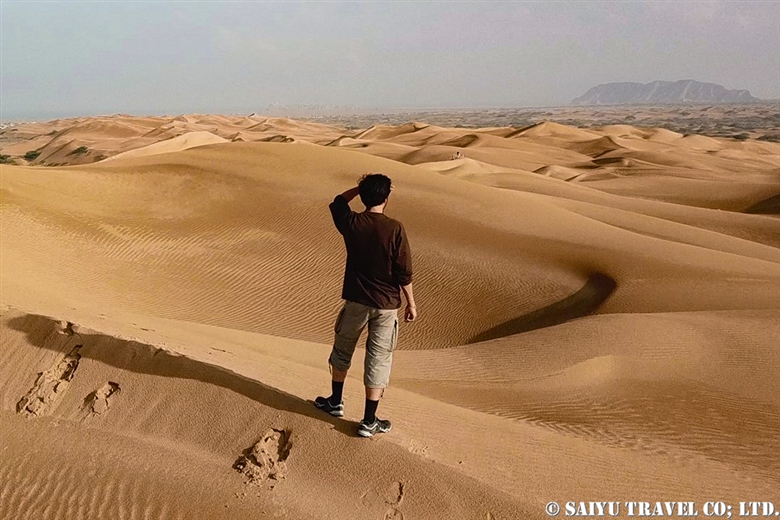
The Sand Dunes at Pasni, Balochistan – A hidden gem of Pakistan.
These reddish yellow sand dunes are located at the mere edge of the town. Of course, it is a small desert that cannot be compared with the two humongous deserts, the mighty Sahara Desert and the Empty Quarter (the Rub’ al Khali) desert. Altogether, it looks like a wonderful desert, depending on how you take the pictures and perspective.

Our friend, Mr.Aziz from Shimshal village – the valley of Mountaineers far north of Pakistan – climbing up the sand dunes and making a full smile.

Our staff member, Mr. Adnan with a baffled look on his face said, “It looks like I am in Morocco?”.

And our first ever Japanese group to Balochistan! They were escorted by the local Makrani people and the Baloch policemen. All in all, the group enjoyed the exquisiteness of the landscapes of Balochistan and the hospitality of the locals of the region.
Photo & Text : Mariko SAWADA
Visit : Feb 2019, Pasni -Balochistan
Category : - Pasni > ◆ BalochistanTag : Balochistan , Balochistan Tour , Pakistan Blog , Pakistan Travel company , Pakistan Travel Blog , Pakistan tour operator , Pasni , Pakistan Photography Tour , Pasni dunes , Travel Pakistan Blog , Travel to Balochistan , Indus Caravan , Saiyu Travel Pakistan






